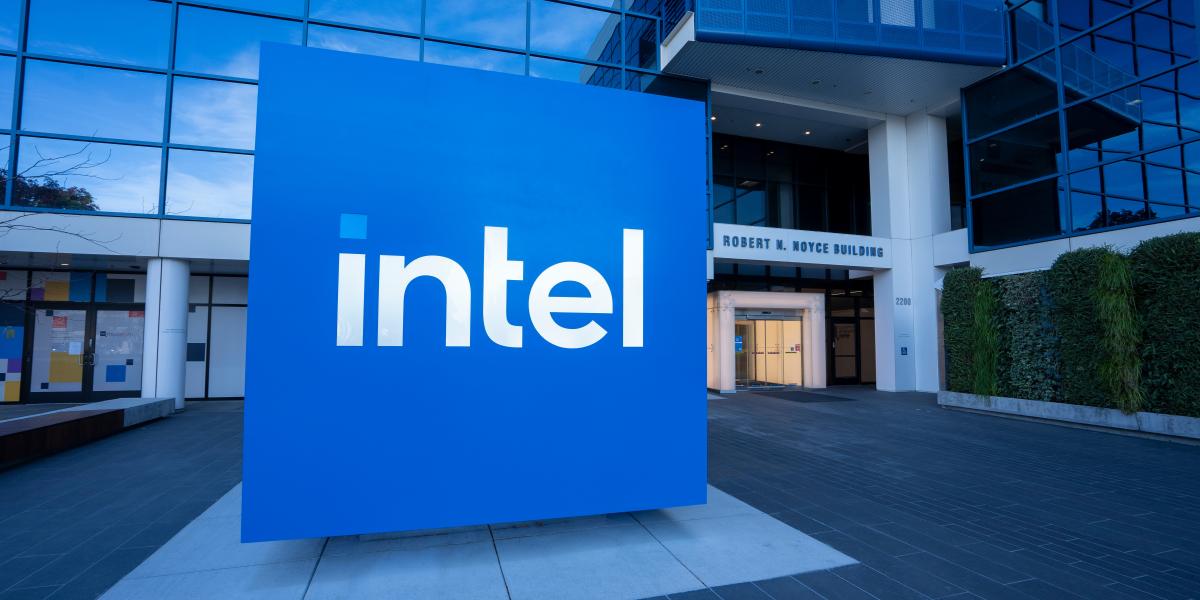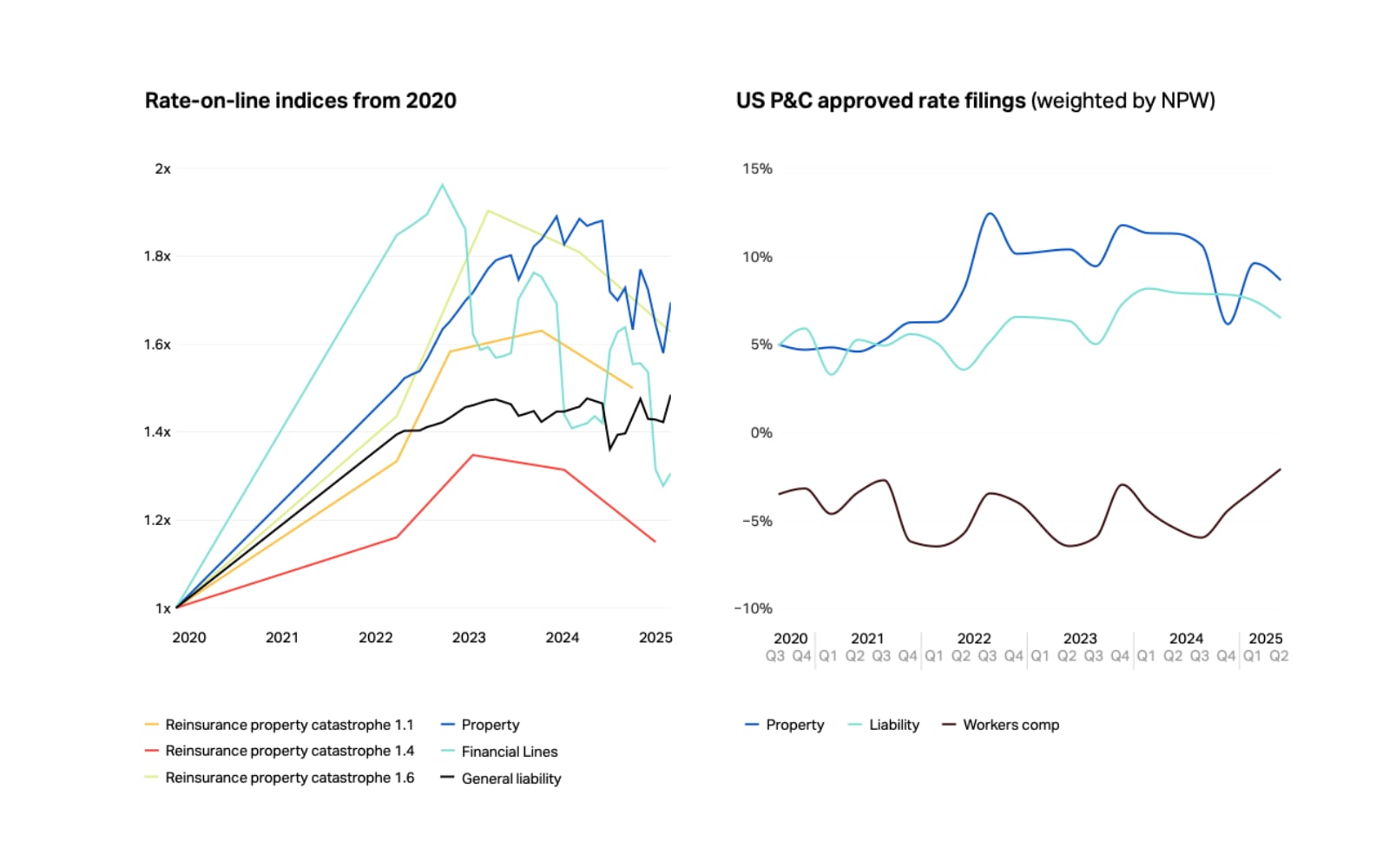By Sean McLean SVP, Retail Alts Fund Accounting, and Todd Werner, SVP Retail Alts Product Specialist
In March 2021, the Securities and Exchange Commission (SEC) adopted rule 2a-5 to clarify how fund boards of directors can satisfy their valuation obligations. We have seen an increase in inquiries from sponsors of retail alternative funds relating to the impact of this rule on their approach to the valuation of illiquid assets. In this blog, we’ll help break down some of the best practices for valuing assets held by retail alternative funds in light of Rule 2a-5.
Retail alternative funds (typically Interval and Tender Offer funds) are not listed on an exchange, are typically offered continuously (daily, weekly, monthly, or quarterly), offer to repurchase shares on a periodic basis as defined by the fund’s prospectus, and generally hold a higher concentration of illiquid assets than mutual funds. Because these funds are registered with the SEC and offered continuously, sponsors generally are required to implement a valuation process that addresses fair valuation on a more frequent basis than they may be accustomed to.
Fair Value and the Types of Assets Typically Found in Retail Alternative Funds
As defined by ASC 820 (Accounting Standards Codification Topic 820 – Fair Value Measurements), fair value estimates for investment assets are categorized by a hierarchy consisting of 3 levels to reflect the transparency into the valuation process.
Assets that are actively traded and can be valued using readily available market quotes for an identical investment on the measurement date are typically categorized as Level 1. These assets are exchange listed/priced and the prices are provided by independent pricing services (e.g., ICE, Bloomberg, Markit, Refinitiv).
Assets that are liquid but do not trade regularly in an active market and for which fair value can be determined through observable inputs are typically categorized as Level 2. These assets are considered valued at fair value, and prices typically are sourced through independent pricing services as well, often using evaluated or matrix pricing.
Assets that trade infrequently and have no active market for similar assets are typically categorized as Level 3. Level 3 assets are valued at fair value using financial models with inputs that are considered unobservable. Some examples of common valuation methods for these assets include:
- Discounted Cash Flow Analysis
- Comparable Company Analysis
- Discount from the market price of a similarly freely traded security or basket of securities.
Some of the general factors that should be considered when determining a valuation method for an individual security include:
- analytical data relating to the investment,
- restrictions on disposition of the investment,
- interest rate changes,
- borrower credit ratings,
- market forces that may influence how the investment is traded, and
- government forces that may influence how the investment is traded.
After determining the valuation methodologies for your targeted investments, it is important to understand the frequency with which the Level 3 assets are typically valued to assist with identifying which type of fund (Interval or Tender) best fits your investment strategy. Interval funds generally price daily or weekly while tender offer funds generally price monthly or quarterly.
Now let’s talk about how to address key aspects of the rule and how the traditional approach to valuing illiquid assets changes when contemplating an interval or tender offer fund.
The Valuation Designee
Assuming the fund’s board does not wish to take responsibility for day-to-day valuation matters, the first step in adhering to the guidelines outlined in rule 2a-5 is for the fund’s board to identify a Valuation Designee. The primary responsibility of the Valuation Designee is to put processes in place to determine the fair value of the assets held by the fund. The Valuation Designee can be the fund’s investment adviser (but not its portfolio manager) or, for internally managed funds, an officer of the fund. The Valuation Designee may not be a sub-adviser to a fund, nor may it be any other party, such as an administrator. Based on the lack of liquidity for assets held in these funds, it is important for the board to identify a Valuation Designee with the appropriate experience valuing these types of assets to effectively carry out the responsibilities associated with this role.
When developing the fund’s valuation policy, the Valuation Designee must factor in the guidance prescribed by the SEC under rule 2a-5. Let’s take a look at some of the key considerations.
Risks Associated with Fair Valuation Determinations
Rule 2a-5 requires Funds (and Valuation Designees) to periodically assess any material risks associated with the determination of the fair value of fund investments (“valuation risks”), including material conflicts of interest, and to manage those identified valuation risks. Some examples of these risks in an interval or tender offer fund may include:
- types of investments held or intended to be held by the fund and the characteristics of these investments,
- potential market of sector shocks or dislocations,
- extent to which each fair value methodology uses unobservable inputs,
- proportion of the funds’ investments that are fair valued,
- reliance on service providers, and
- risk that the methods for determining and calculating fair value are inappropriate or that such methods are not applied consistently.
The Role of Service Providers in the Valuation Process
Utilizing service providers for valuation in retail alternative funds is often a best practice. While traditional pricing services often do not have the expertise or ability to provide coverage on illiquid investments, there are several firms that do offer this service. These valuation agents will provide customized fair valuation prices based on the details of the individual investment. Keep in mind that this service can be very expensive and may be cost prohibitive especially when daily valuation is required.
Some best practices that the Valuation Designee can follow when determining how to conform to rule 2a-5:
- Utilizing an outside valuation expert or service to assist with the creation of the fund’s valuation policy.
- Utilizing third-party valuation experts to create independence from the advisor. Keep in mind that it is important for the Valuation Designee to understand the fair value methodologies used by third-party vendors and for the Valuation Designee to periodically review the appropriateness and completeness of these methodologies.
- The valuation policy should provide an adequate level of detail outlining the fair valuation process but not be so rigid as to not allow for adjustments to fair valuation processes as needed. Fair valuation processes in the valuation policy should be strictly followed.
- It’s often beneficial to perform a review of fair value prices compared to the sale or disposition price and third-party vendors may be able to assist with this comparison as well.
- Boards or Valuation Designees of funds that use pricing services are required to establish a process for approving, monitoring, and evaluating each pricing service provider. Keep in mind:
- Third-party pricing vendors are all very different in their investment coverage, data transparency, and reporting strength. It is important that due diligence is performed upfront when selecting a pricing vendor and that the necessary reports and data are received to assist with ongoing monitoring processes. Most third-party vendors will provide detailed information about their valuation methodologies as well as communicate directly with your board of directors during a quarterly board meeting.
- Your fund administrator may be able to assist as well by providing you with their annual assessment of third-party vendors with whom they have agreements. At Ultimus, we perform up-front due diligence on all third-party vendors and conduct an annual review of most third-party pricing vendors as well, making this assessment available to our clients’ CCOs.
If you’re unsure where to start, at Ultimus we work closely with several valuation experts and agents. We will be happy to provide referrals or make introductions for you. Ask us for recommendations!
Board Reporting
Rule 2a-5 states that board oversight in the fair valuation process must be active even if a board chooses to assign portions of its responsibilities for the determination of fair value in good faith to a Valuation Designee. In conjunction with the adoption of the rule, corresponding recordkeeping requirements for funds and their advisers for the maintenance of certain documents related to fair value determinations were also adopted. Data that you should consider maintaining and reporting to the board include:
- Fair valued securities,
- New or Changed FV Methodologies,
- Price Challenges and Overrides,
- Stale Prices,
- Minutes of fair value committee meetings,
- Other Material FV Matters, and
- Disposal Variances.
Summary
Interval and Tender Offer funds provide investors an opportunity to gain exposure to alternative investment strategies that have been traditionally offered through private fund vehicles. Many of these strategies involve investing in assets that are considered illiquid. If you are a fund sponsor who is considering launching an Interval or Tender Offer fund, understanding how to establish a valuation policy for illiquid assets will be a key area of focus for you. We hope this blog has provided insight into the valuation process and best practices to consider in light of SEC Rule 2a-5.
For more information or for consultative assistance to start the process of launching an alternative fund, contact us here.
The views and opinions expressed herein are the views and opinions of the author and do not necessarily reflect those of Nasdaq, Inc.






































